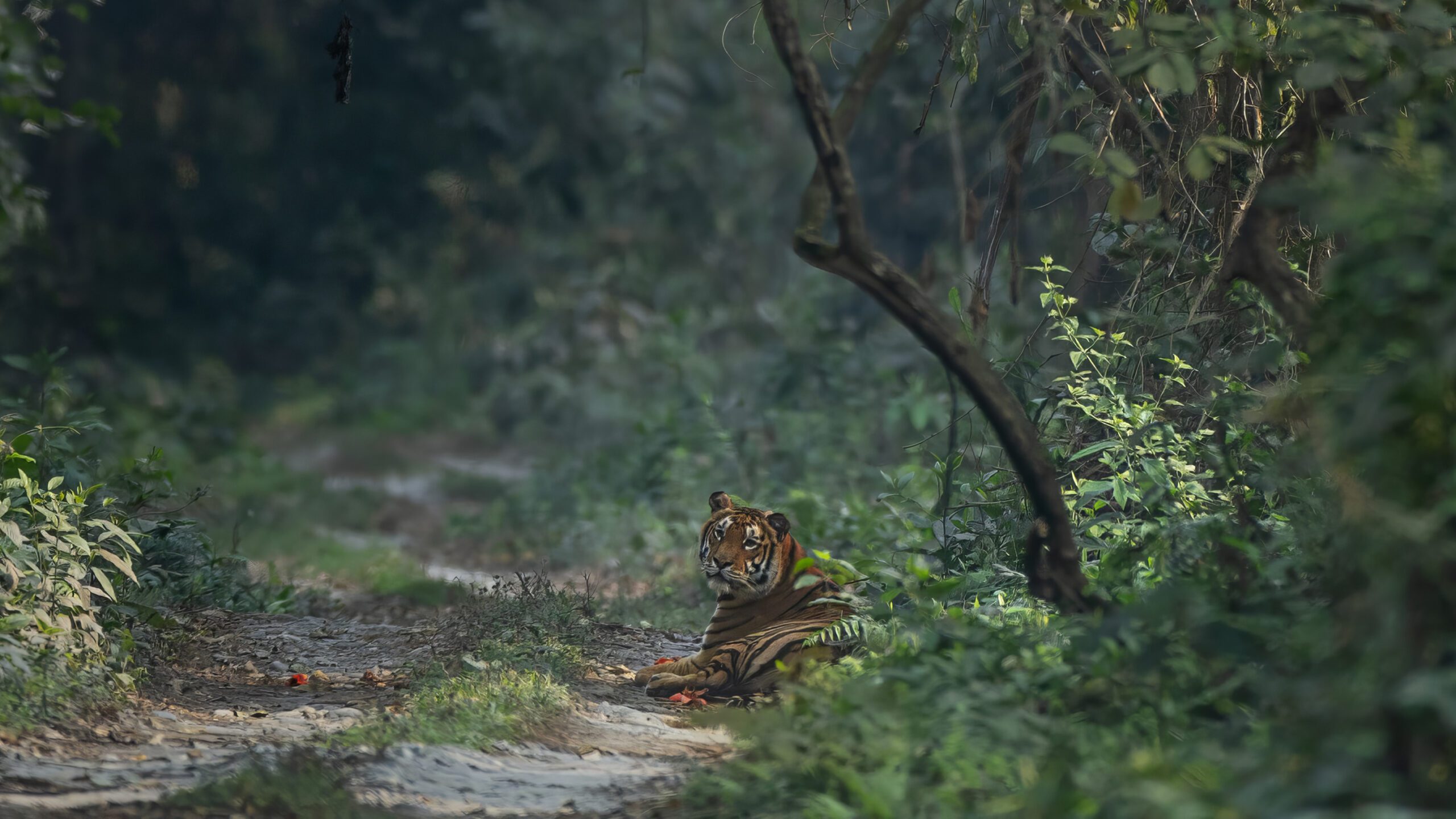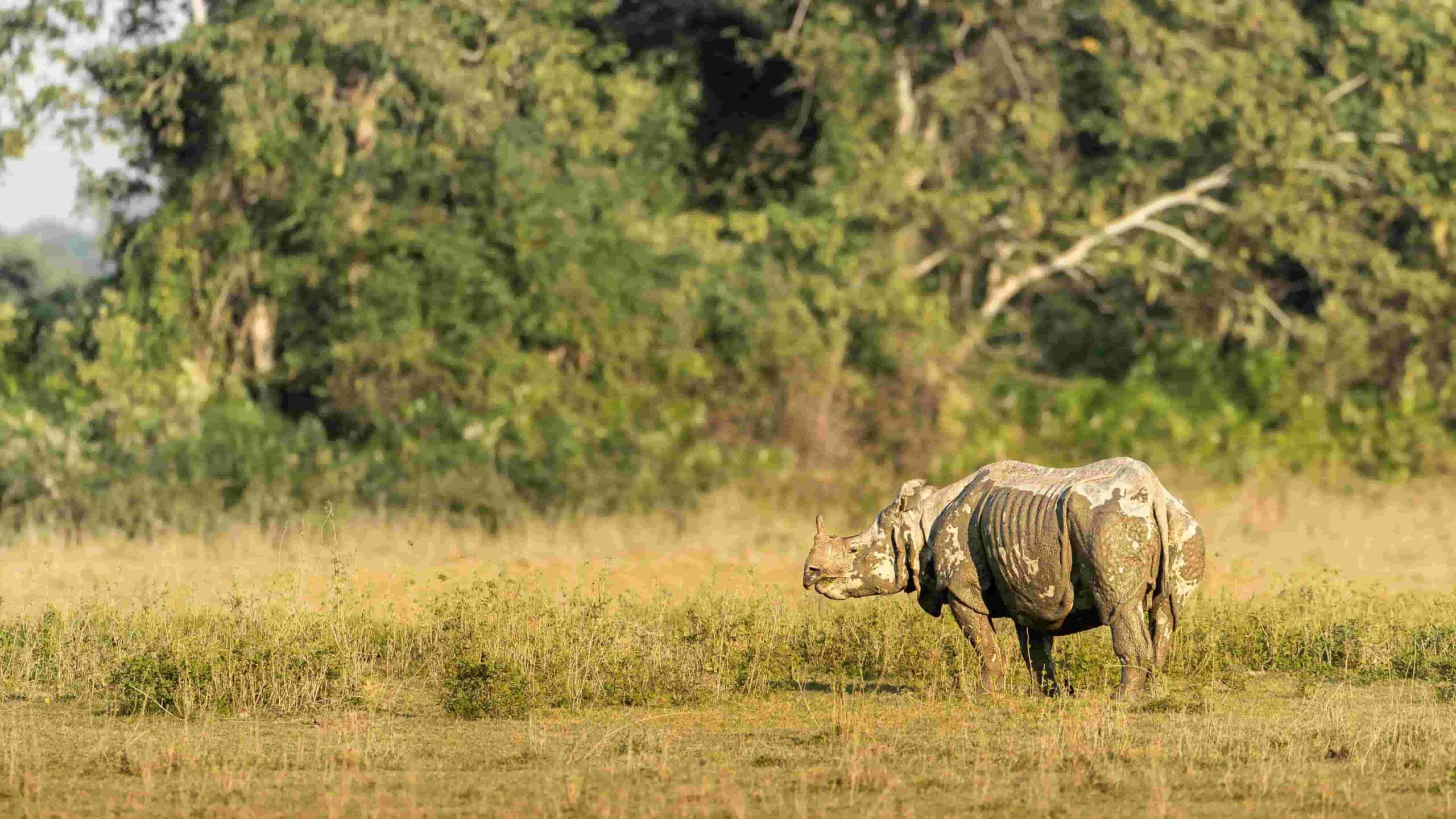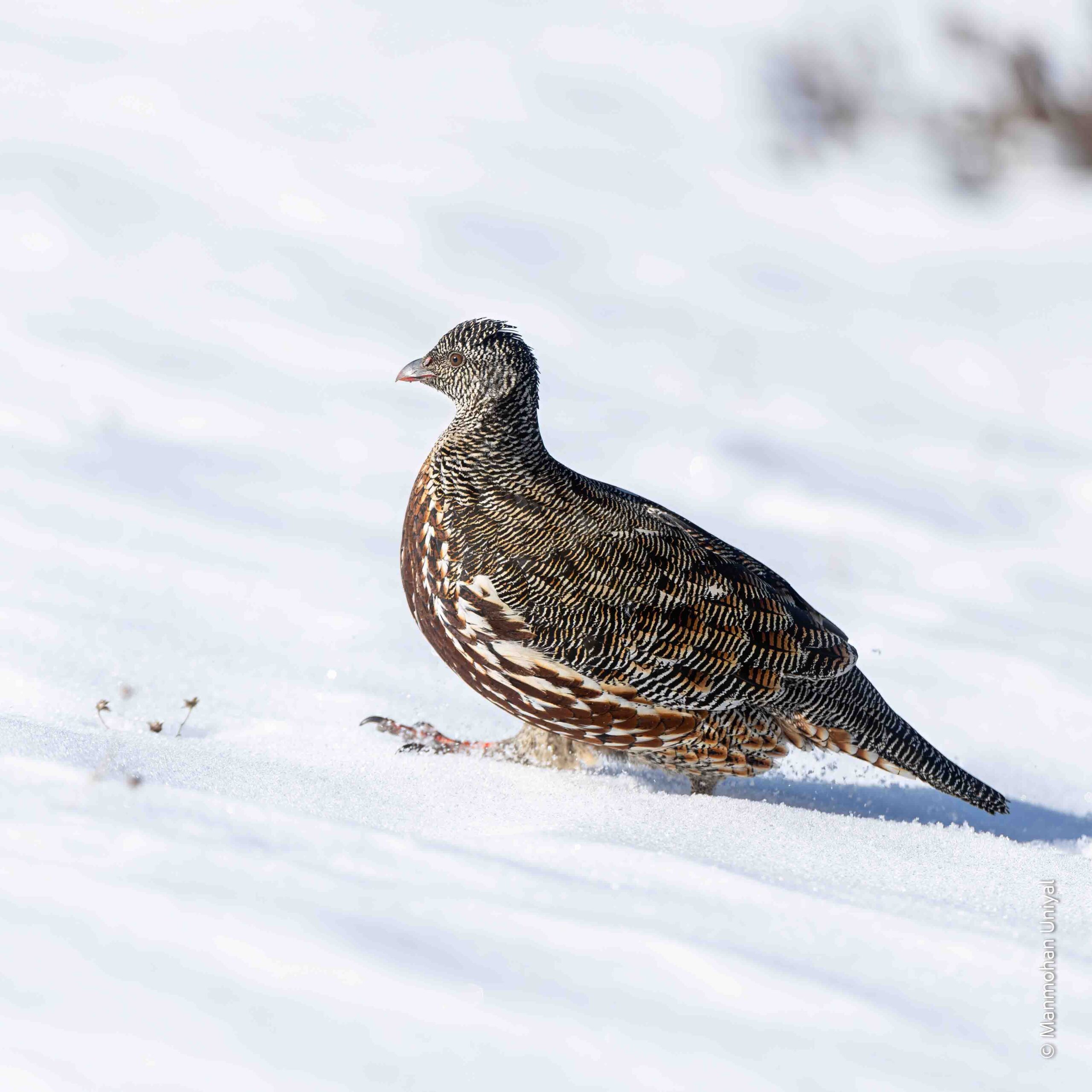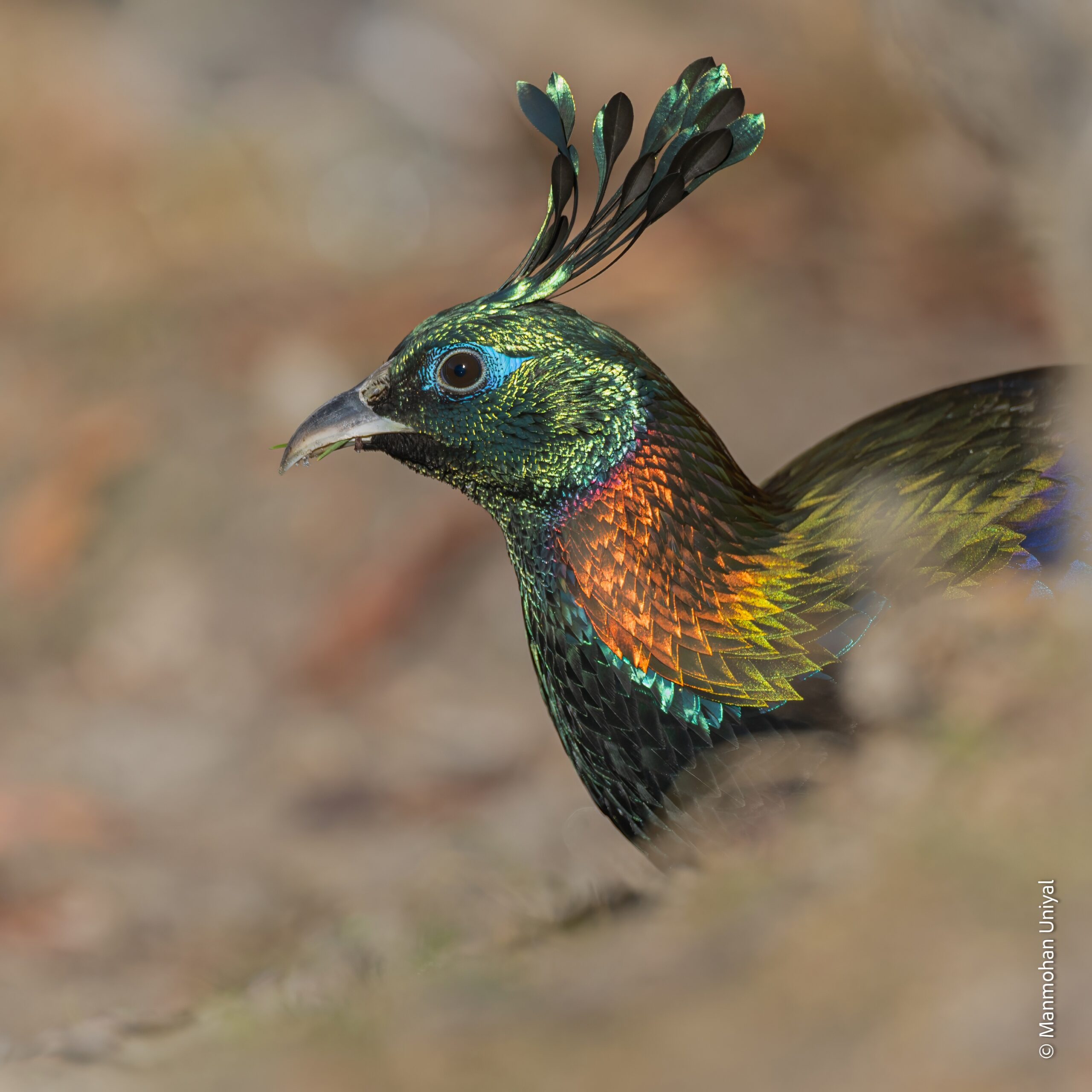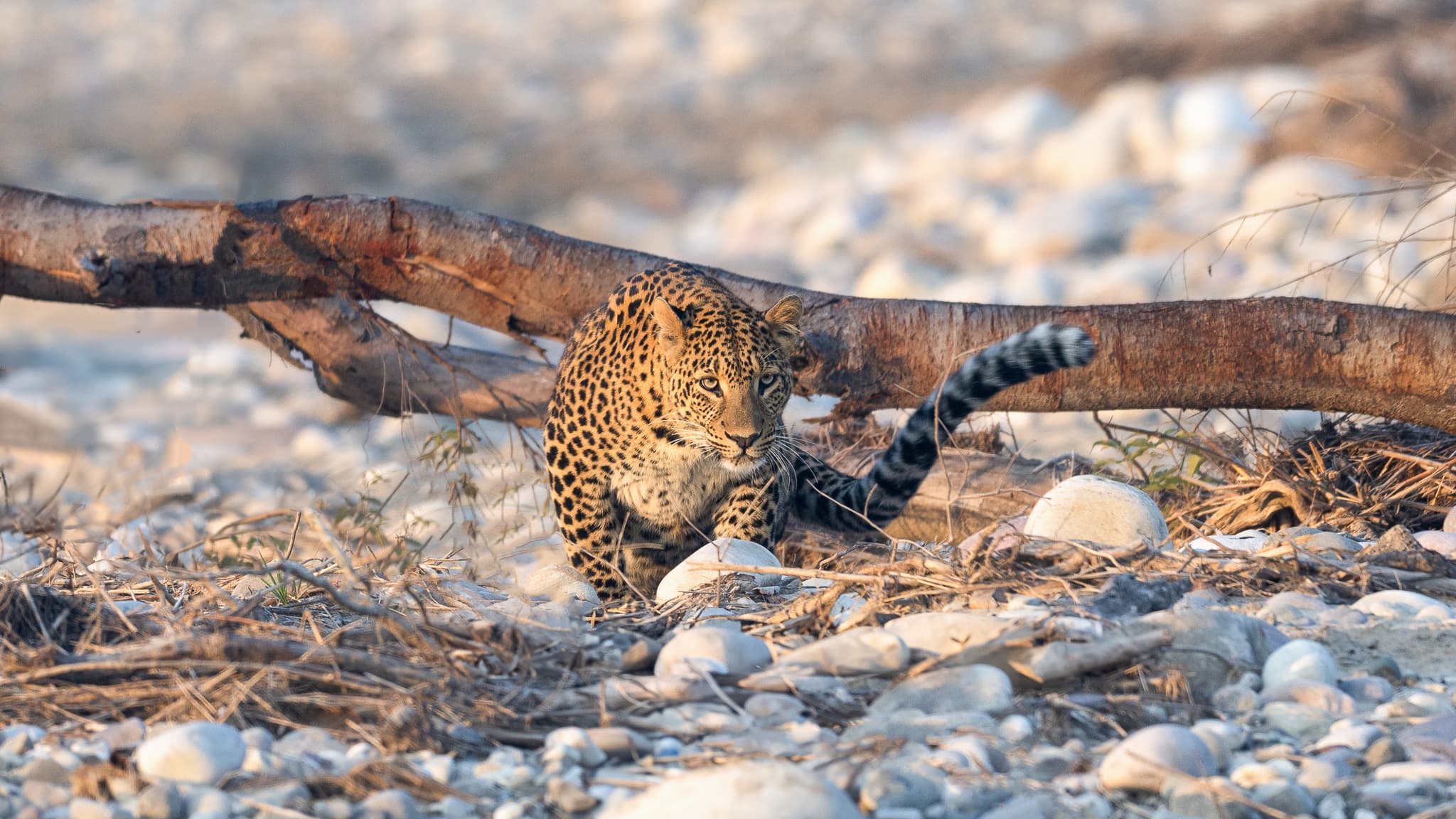Mishmi Hills
Explore Mishmi Hills with WOW
Mishmi Hills- 5N 6D
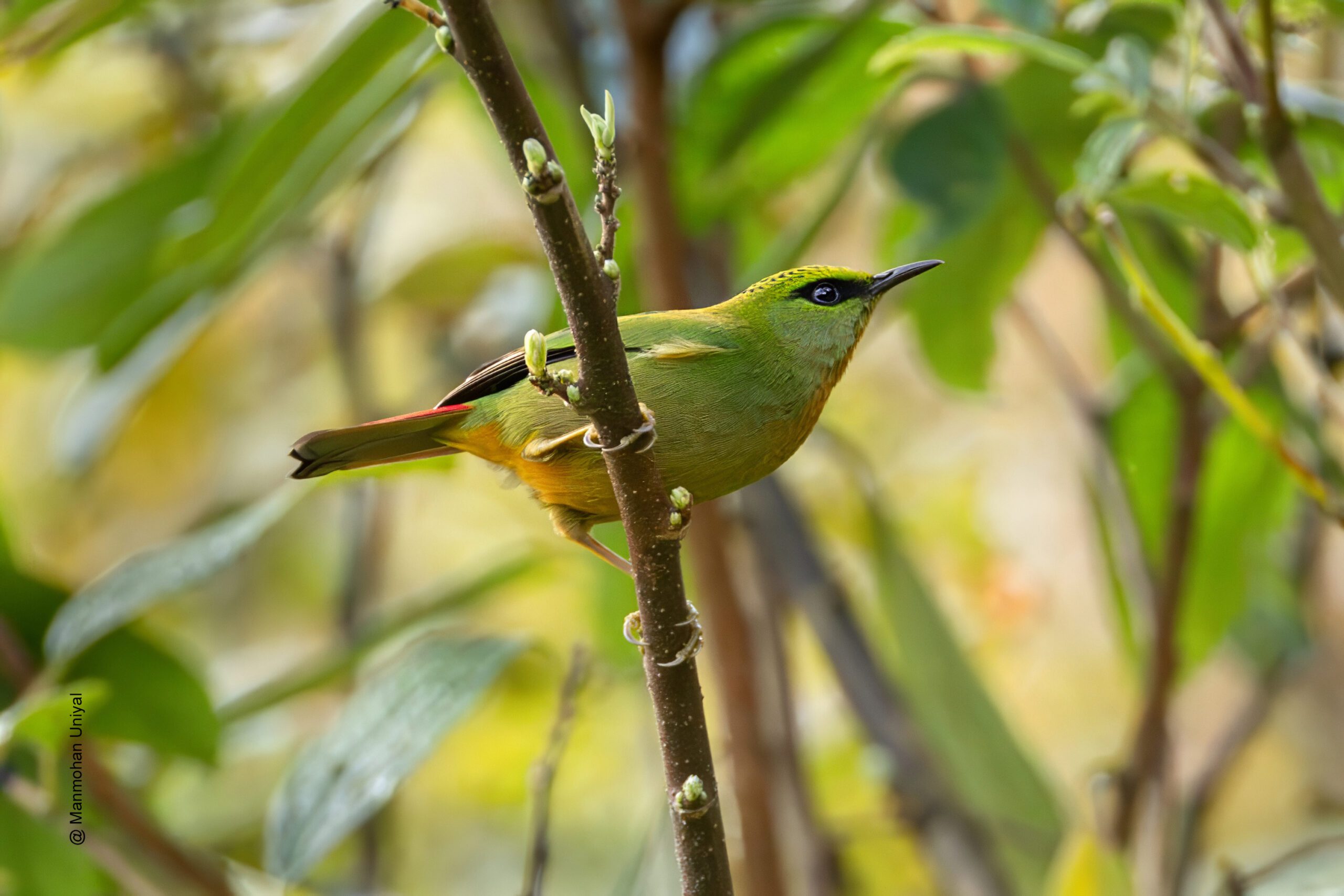
Mishmi Hills- 4N 5D
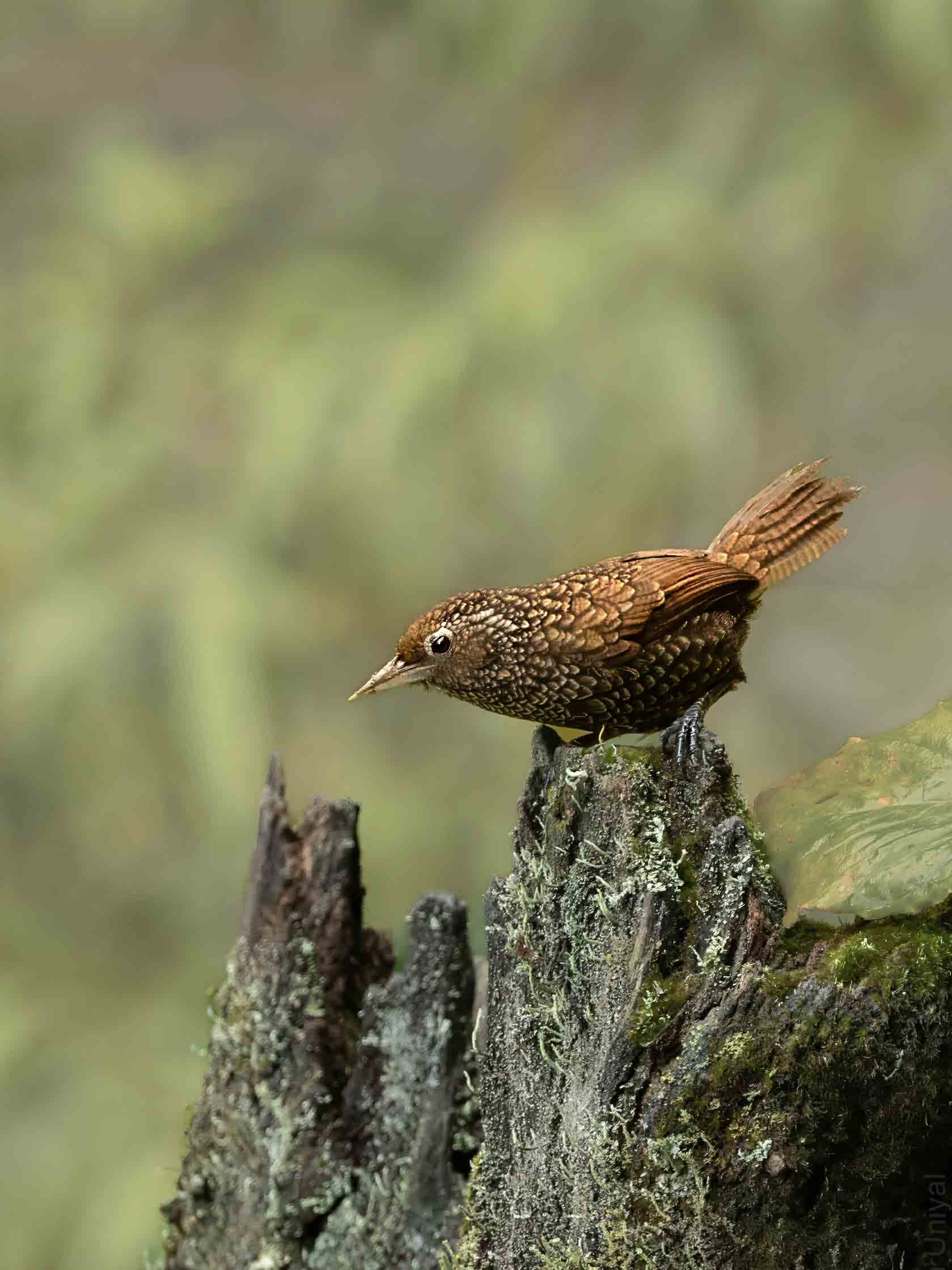
Mishmi Hills- 5N 6D
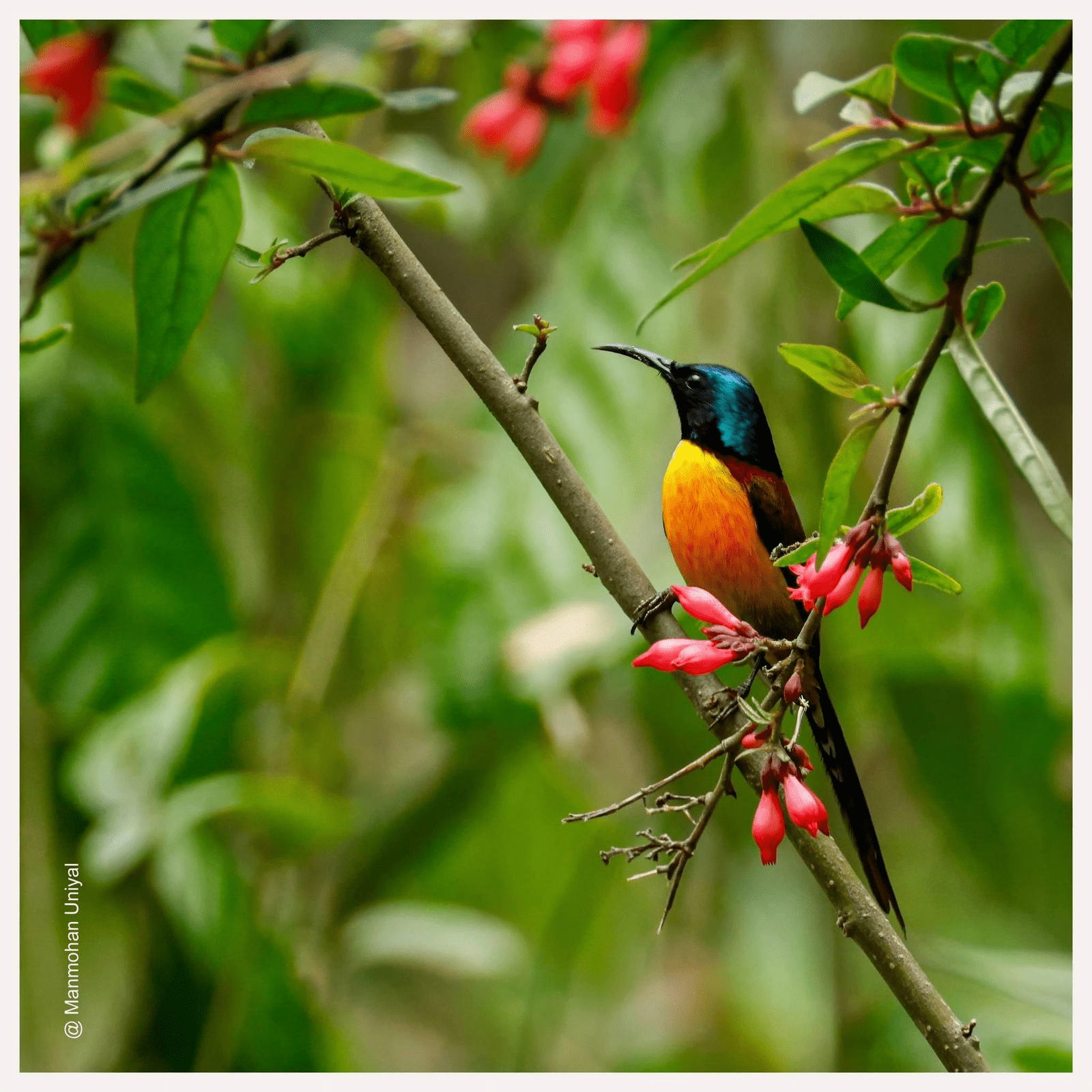
Mishmi Hills- 4N 5D
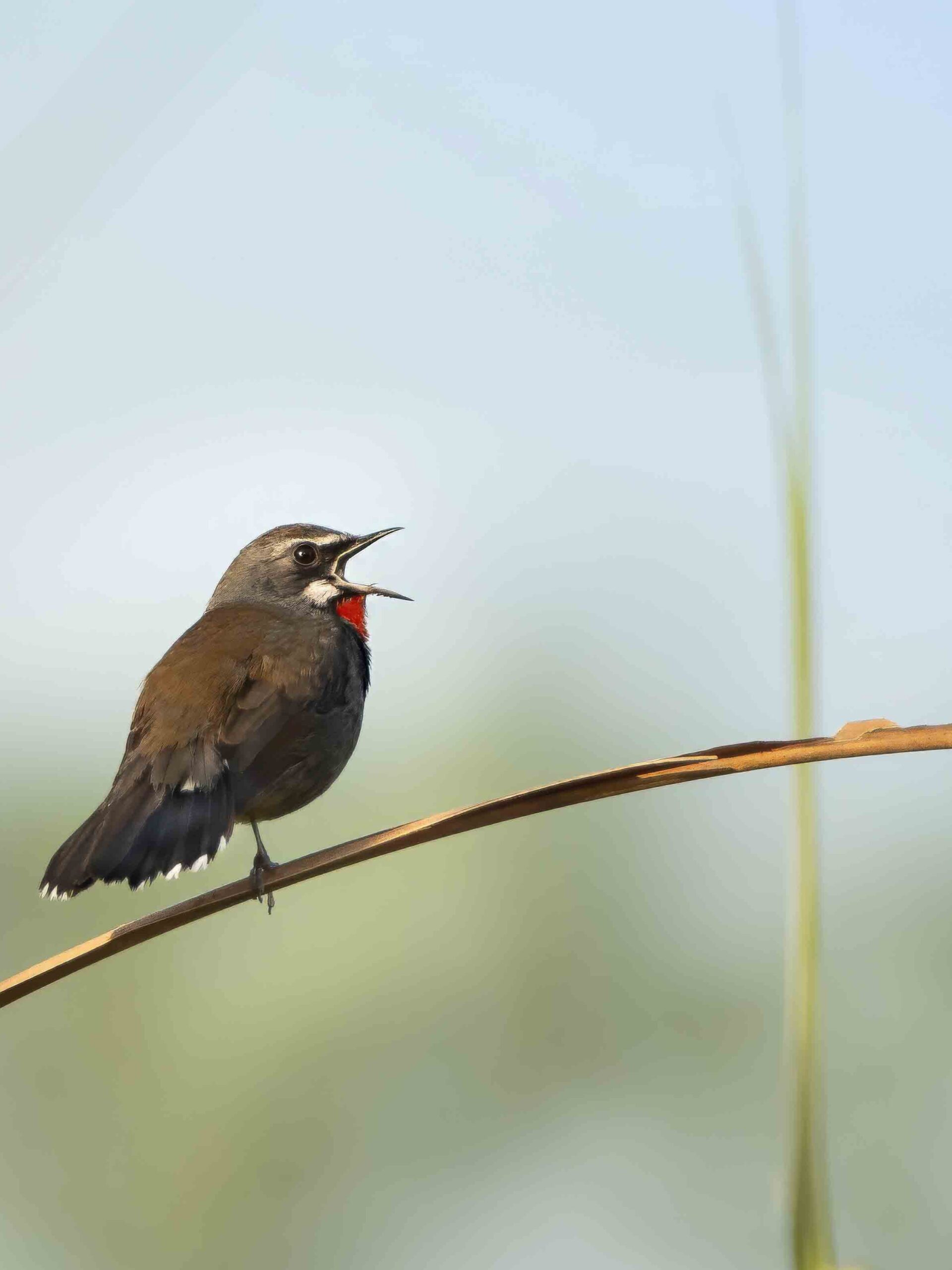
Tour Details
Mishmi Hills- 5N 6D
Birding in the Eastern Himalayan Wilderness
Group Size: 4 Guests
Tour Coverage: Roing, Mayodia Pass, Eastern Himalayan Trails
Itinerary
Day 1
Pick-up from Dibrugarh Airport and transfer to Roing via the scenic Dhola–Sadiya bridge. After hotel check-in, head out for a relaxed evening birding session in the surrounding forest patches and grasslands.
(Meals: Lunch, Dinner)
Day 2
Begin the day with an early morning birding session in the Roing grasslands, focusing on open-country species and wetland birds. After a midday break, explore forested trails in the late afternoon for mixed flocks and mid-altitude species.
(Meals: Breakfast, Lunch, Dinner)
Day 3
Another exciting day of birding in the Roing region. Morning session in a different habitat to maximize species diversity. After a restful afternoon break, continue birding in nearby trails or bamboo zones that host unique Eastern Himalayan birds.
(Meals: Breakfast, Lunch, Dinner)
Day 4
After breakfast, drive uphill toward Mayodia Pass. En route, stop frequently for high-altitude species along the elevational gradient. Upon check-in at Mayodia lodge, head for an evening birding session near the pass.
(Meals: Breakfast, Lunch, Dinner)
Day 5
A dedicated day to explore the misty, moss-laden forests of Mayodia Pass. Look out for rarities like Blyth’s Tragopan, Ward’s Trogon, Beautiful Nuthatch, and mixed flocks of warblers and babblers.
(Meals: Breakfast, Lunch, Dinner)
Day 6
A short final birding session near Mayodia followed by breakfast. Depart for Dibrugarh with a heart full of sightings and memories.
(Meals: Breakfast)
Mishmi Hills- 4N 5D
Birding Expedition in the Eastern Himalayas
Group Size: 4 Guests
Meals: All meals from Day 1 Lunch to Day 5 Breakfast
Tour Coverage: Roing, Mayodia Pass, Eastern Himalayan Trails
Itinerary
Day 1
Pick-up from Dibrugarh Airport and transfer to Roing via the scenic Dhola–Sadiya bridge. After checking into the hotel, enjoy an introductory evening birding session in the nearby grasslands or forest edges.
(Meals: Lunch, Dinner)
Day 2
Begin early with birding in the Roing grasslands, targeting species like Pied Harrier, buntings, and open-country warblers. After a rest, continue with trail birding in mixed forests in the evening.
(Meals: Breakfast, Lunch, Dinner)
Day 3
After breakfast, ascend towards Mayodia Pass, birding along the elevational gradient. Spot species like Rufous-throated Wren-Babbler and laughingthrushes en route. After check-in, enjoy evening birding at the pass.
(Meals: Breakfast, Lunch, Dinner)
Day 4
Explore the magical cloud forests of Mayodia Pass. Key species include Blyth’s Tragopan, Ward’s Trogon, Cutia, and other Eastern Himalayan gems. Spend the day along various trails at different altitudes.
(Meals: Breakfast, Lunch, Dinner)
Day 5
Enjoy a final birding session near Mayodia at sunrise. Post breakfast, drive back to Dibrugarh for your onward journey.
(Meals: Breakfast)
Mishmi Hills- 5N 6D
Birding in the Eastern Himalayan Wilderness
Group Size: 4 Guests
Tour Coverage: Roing, Mayodia Pass, Eastern Himalayan Trails
Itinerary
Day 1
Pick-up from Dibrugarh Airport and transfer to Roing via the scenic Dhola–Sadiya bridge. After hotel check-in, head out for a relaxed evening birding session in the surrounding forest patches and grasslands.
(Meals: Lunch, Dinner)
Day 2
Begin the day with an early morning birding session in the Roing grasslands, focusing on open-country species and wetland birds. After a midday break, explore forested trails in the late afternoon for mixed flocks and mid-altitude species.
(Meals: Breakfast, Lunch, Dinner)
Day 3
Another exciting day of birding in the Roing region. Morning session in a different habitat to maximize species diversity. After a restful afternoon break, continue birding in nearby trails or bamboo zones that host unique Eastern Himalayan birds.
(Meals: Breakfast, Lunch, Dinner)
Day 4
After breakfast, drive uphill toward Mayodia Pass. En route, stop frequently for high-altitude species along the elevational gradient. Upon check-in at Mayodia lodge, head for an evening birding session near the pass.
(Meals: Breakfast, Lunch, Dinner)
Day 5
A dedicated day to explore the misty, moss-laden forests of Mayodia Pass. Look out for rarities like Blyth’s Tragopan, Ward’s Trogon, Beautiful Nuthatch, and mixed flocks of warblers and babblers.
(Meals: Breakfast, Lunch, Dinner)
Day 6
A short final birding session near Mayodia followed by breakfast. Depart for Dibrugarh with a heart full of sightings and memories.
(Meals: Breakfast)
Mishmi Hills- 4N 5D
Birding Expedition in the Eastern Himalayas
Group Size: 4 Guests
Meals: All meals from Day 1 Lunch to Day 5 Breakfast
Tour Coverage: Roing, Mayodia Pass, Eastern Himalayan Trails
Itinerary
Day 1
Pick-up from Dibrugarh Airport and transfer to Roing via the scenic Dhola–Sadiya bridge. After checking into the hotel, enjoy an introductory evening birding session in the nearby grasslands or forest edges.
(Meals: Lunch, Dinner)
Day 2
Begin early with birding in the Roing grasslands, targeting species like Pied Harrier, buntings, and open-country warblers. After a rest, continue with trail birding in mixed forests in the evening.
(Meals: Breakfast, Lunch, Dinner)
Day 3
After breakfast, ascend towards Mayodia Pass, birding along the elevational gradient. Spot species like Rufous-throated Wren-Babbler and laughingthrushes en route. After check-in, enjoy evening birding at the pass.
(Meals: Breakfast, Lunch, Dinner)
Day 4
Explore the magical cloud forests of Mayodia Pass. Key species include Blyth’s Tragopan, Ward’s Trogon, Cutia, and other Eastern Himalayan gems. Spend the day along various trails at different altitudes.
(Meals: Breakfast, Lunch, Dinner)
Day 5
Enjoy a final birding session near Mayodia at sunrise. Post breakfast, drive back to Dibrugarh for your onward journey.
(Meals: Breakfast)
Eastern Himalayas' Hidden Wildlife Gem
Known for its mystical cloud forests, endemic bird species, and elusive mammals like the Red Panda and Mishmi Takin, it’s a dream destination for birdwatchers, wildlife enthusiasts, and nature photographers.
Endemic & Rare Birds Galore
Eastern Himalayan Biodiversity Hotspot
Home to Red Panda & Mishmi Takin
Best Time to Visit: November to April
Trusted by Travellers
I am highly impressed with the work of WoW, it’s a great initiative for budding Wildlifer like me.

Kamal Das Team
It’s very important to be part of the wildlife community for mutual learning, WoW is a very good platform to meet like minded wildlife photographers.

Nishant Mahra Team
Our Rajaji Tiger Reserve safari with Wow Safari India was an unforgettable experience, expertly mentored by Mr. Manmohan Uniyal. The highlight was spotting two magnificent leopards, Heera and Panna, in their natural habitat. With breathtaking landscapes, rich wildlife, and expert insights, it was truly an adventure of a lifetime!

Preeti Singh Team
As a beginner wildlife traveller, I went through whole cycle of trying different things, but with WoW, one can learn a lot in no time. There dedication for wildlife conservation is really amazing.

Sidharth Sharma Team
Plan Your Tour
Frequently Asked Questions
What is Mishmi Hills famous for?
Mishmi Hills is known for its incredible biodiversity, especially rare and endemic birds, cloud forest ecosystems, and unique mammals like Red Pandas, Mishmi Takin, Marten, and Arunachal Macaque. It’s also a rich area for orchids and butterflies.
What kind of birds can be seen in Mishmi Hills?
Over 500 bird species have been recorded here, including:
Mishmi Wren-Babbler (endemic)
Blyth’s Tragopan
Ward’s Trogon
Rufous-necked Hornbill
Purple Cochoa
Fire-tailed Myzornis
Gould’s Shortwing
Beautiful Nuthatch
Parrotbills, Sibias, Fulvettas, Laughingthrushes, and more.
Is it a good destination for photography?
Absolutely! The changing light through the misty forests, rare birdlife, tribal villages, and stunning mountain vistas make it a photographer’s paradise — especially for serious bird and wildlife photographers.
What is the best time to visit Mishmi Hills?
November to April: Ideal for birdwatching, cool and clear weather
Spring (Feb–March): Excellent for breeding birds, flowers, and butterflies
Avoid monsoon months (May to September) due to heavy rain and landslides
How many days are recommended for a Mishmi Hills trip?
At least 4 to 5 nights are recommended to explore key birding trails around Mayodia Pass, Hunli, Roing, and Dibang Valley. More days like 6-7 days allow for relaxed birding and sightings.
What else can I combine with Mishmi Hills?
You can combine Mishmi Hills with:
Dibru-Saikhowa National Park (for river dolphins & grassland birds)
Namdapha National Park
Maguri Beel (for waterbirds & winter migrants)
Are there guided tours or experts available?
Yes! World of Wild offers expert-led birding and photography tours to Mishmi Hills with naturalists who specialize in Eastern Himalayan biodiversity.
How do I reach Mishmi Hills?
By Air: The nearest airport is Dibrugarh (160 km), well-connected to major Indian cities.
By Rail: Tinsukia or Dibrugarh are the closest railway stations.
By Road: Drive from Dibrugarh via Tinsukia and Roing, crossing the iconic Dhola–Sadiya Bridge.
Highlights of WOW Safari
Moments Captured in Mishmi Hills






